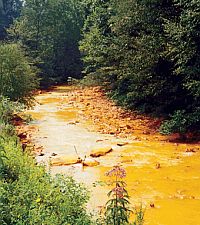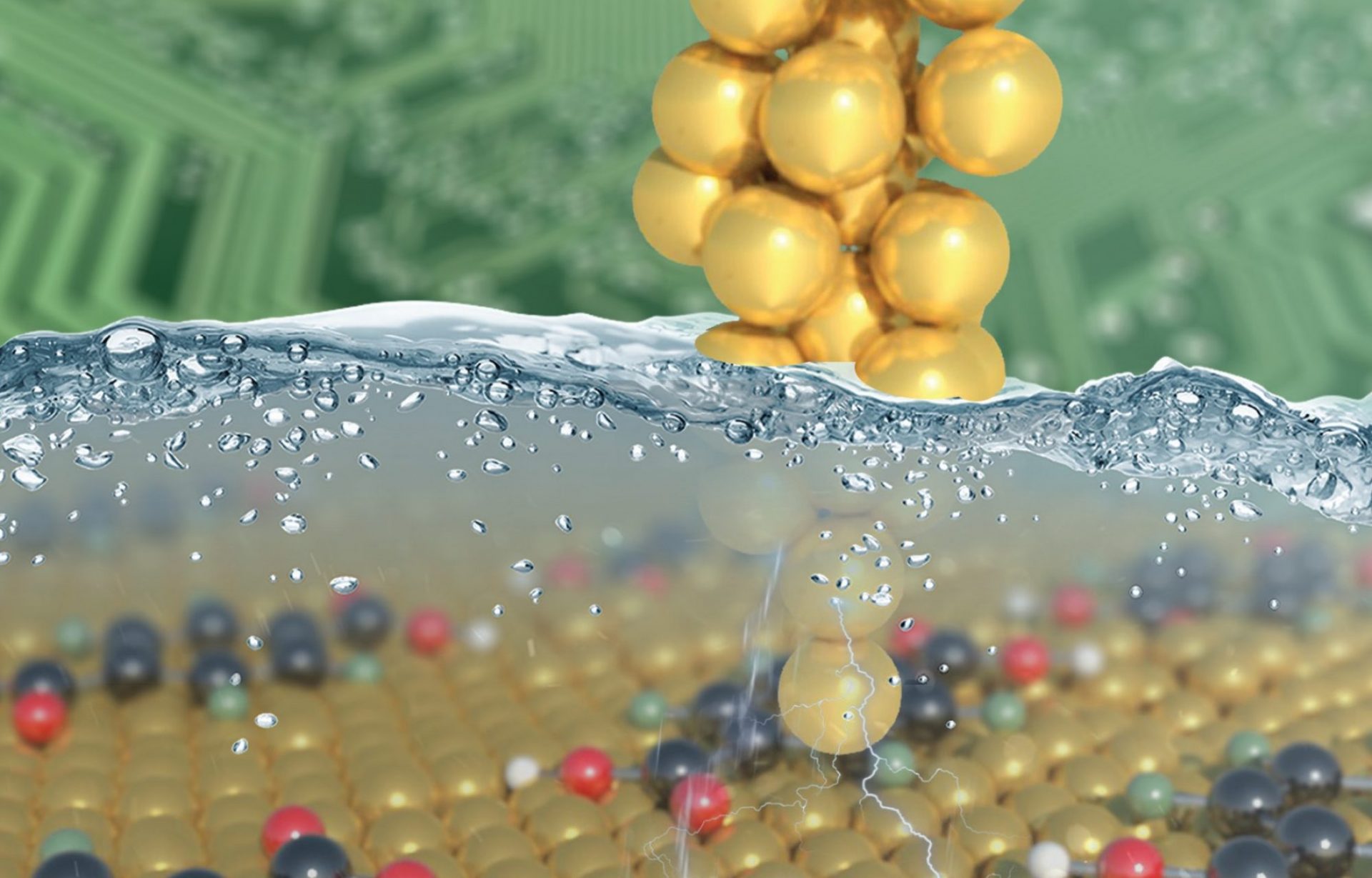
Research Overview
Acid Mine Drainage (AMD) refers to the runoff of sulfuric acid from coal mining locations that destroys neighboring waterways and ground waters. The cost to US mining companies has been estimated to be about 1 million dollars a day. The runoff is due to the decomposition of pyrite or iron disulfide that is an impurity in coal and coal-waste.
Faculty Research
Studies in the Strongin group of pyrite have helped to unravel the surface sites on the mineral that control its chemistry and result in the decomposition of the mineral in the environment that leads to AMD. The studies have led to strategies (using bilayer forming lipid adsorbates) that modify these sites to control their chemistry in both abiotic and biotic environments to potentially suppress AMD
Technical Capabilities
– Infrared spectroscopy
– Probe microscopy
– X-ray photoelectron spectroscopy
– Transmission electron microscopy
– BET surface area
– Ion and gas chromatography
– Dynamic light scattering
– UV-VIS spectroscopy
– Atomic absorption
Recent Publications
3. Suppression of pyrite oxidation in acidic aqueous environments using lipids having two hydrophobic tails.
Elsetinow A.R., Borda M.J., Strongin D.R., and Schoonen M.A.A.,
Advanced Environmental Research 7 (2003) 969-974.
DOI: 10.1016/S1093-0191(02)00101-6 ![]()
2. Effects of phospholipid on pyrite oxidation in the presence of autotrophic and heterotrophic bacteria.
J. Hao, R. Murphy, E. Lim, M.A.A. Schoonen, D. R. Strongin,
Geochimica et Cosmochimica Acta (2009) 73, 4111-4123.
DOI: 10.1016/j.gca.2009.04.003 ![]()
1. Surface reactivity of pyrite and related sulfides
Murphy, R., Strongin, D. R.
Surface Science Reports (2009) 64, (1), 1-45. DOI: 10.1016/j.surfrep.2008.09.002 ![]()
